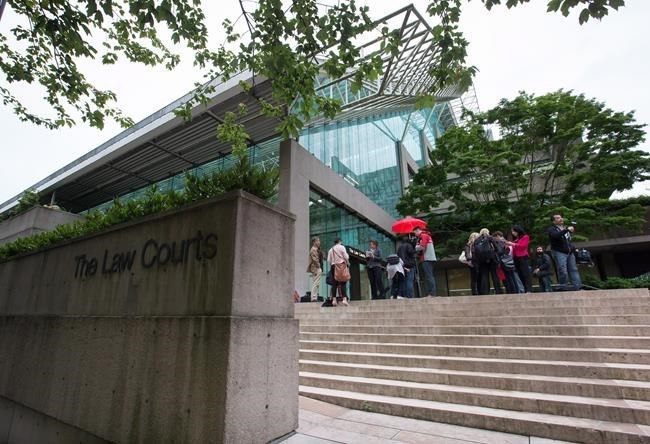VANCOUVER — An RCMP expert testifying at Ibrahim Ali's murder trial told the court she has never seen a DNA match as close as the one between the suspect and samples found on his alleged victim — except for DNA matches between identical twins.
But Ali's defence lawyer responded by raising the possibility that a person who had "forced sex or sex" with a murder victim may not be the one who killed them.
Forensic biologist Christine Crossman had told the court that police investigators were very thorough in their collection and testing of genetic samples from the body of a 13-year-old girl, whose identity is protected by a publication ban.
Crossman told the court only the DNA of Ali and the girl was detected from swabs of the girl's vaginal area, where sperm cells yielded samples that matched Ali’s DNA.
Ali has pleaded not guilty to first-degree murder in the killing of the girl whose body was found in a Burnaby, B.C., park six years ago.
Defence lawyer Kevin McCullough began his cross-examination by asking Crossman if she was aware that the investigation of the case was not only for sexual assault but of murder.
McCullough asked Crossman about her role as a scientist.
"You don't say for example when you are doing your analysis, 'I wonder if the person that had either forced sex or sex with the dead person is actually the one that killed her?'"
Crossman said in response that "that has nothing to do with what I do," noting her duty is to analyze evidence as requested by police investigators.
She said the lab received other material beyond internal swabs of the victim, including swabs or samples from the girl's neck, nipples, fingernails, hair and clothing.
Only some of these were tested and did not turn up identifiable DNA from anyone other than the girl herself, and the clothing with stains from a foreign substance was not tested.
"There was no need to examine further exhibits unless the scenario (about what occurred) changed," Crossman told the court.
McCullouch questioned Crossman about whether the police should have been more thorough and insisted that the clothing be tested.
"After you didn't analyze the clothing, did the police come and say, 'Hey, hey, hey, hey, hey, hey, we got to be sure (and) prove beyond a reasonable doubt the guy that had sex with her and left his DNA is actually the killer, so let's take a look at the clothing?'" he asked Crossman.
"They did not have that discussion with me," Crossman said, adding that in cases where sexual contact may have happened, it was a priority to test internal body areas related to such contact.
"In any type of occurrence in which there is possibly a sexual component, the best exhibits from a biology perspective are internal swabs from the alleged complainant or victim," Crossman said about how the forensic lab prioritized testing of the girl's swabs.
Crossman told the B.C. Supreme Court on Wednesday that police obtained a "cast-off" DNA sample from Ali in the form of a discarded cigarette butt in August 2018, matching it to an unknown male's genetic material found on the girl's body.
The match led to the police getting a warrant to formally obtain a sample from Ali, which again matched DNA from the body that was found in Burnaby's Central Park.
The defence has not yet fully revealed its theory of events to the jury.
Crown prosecutors said earlier that the court would hear evidence that showed the murder was random but that Ali sexually assaulted the girl.
A pathologist who conducted the autopsy on the girl testified earlier that she died by strangulation, and a medical examination found injuries such as bruising, scraping and tearing on the back of her head, as well as on her face, arms and legs.
This report by The Canadian Press was first published Sept. 14, 2023.
The Canadian Press

